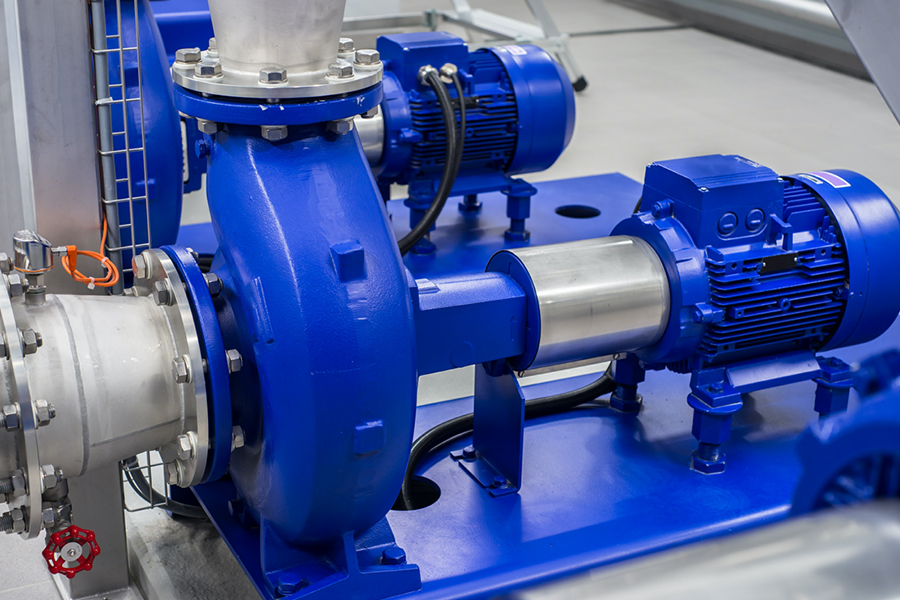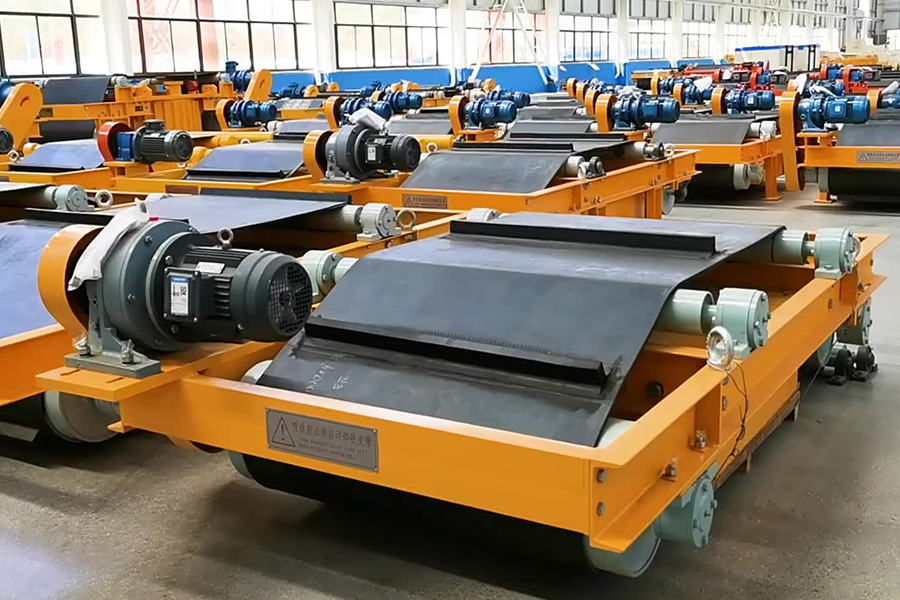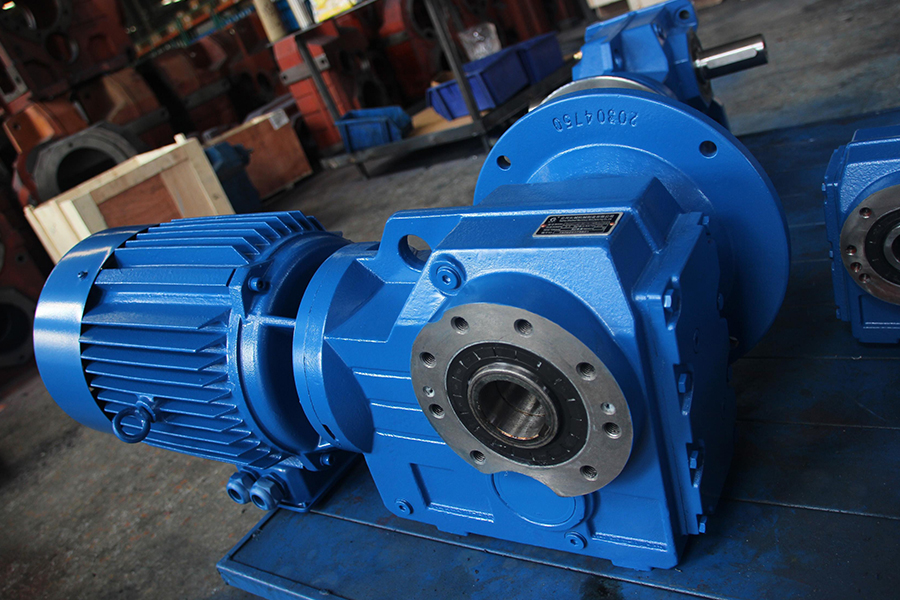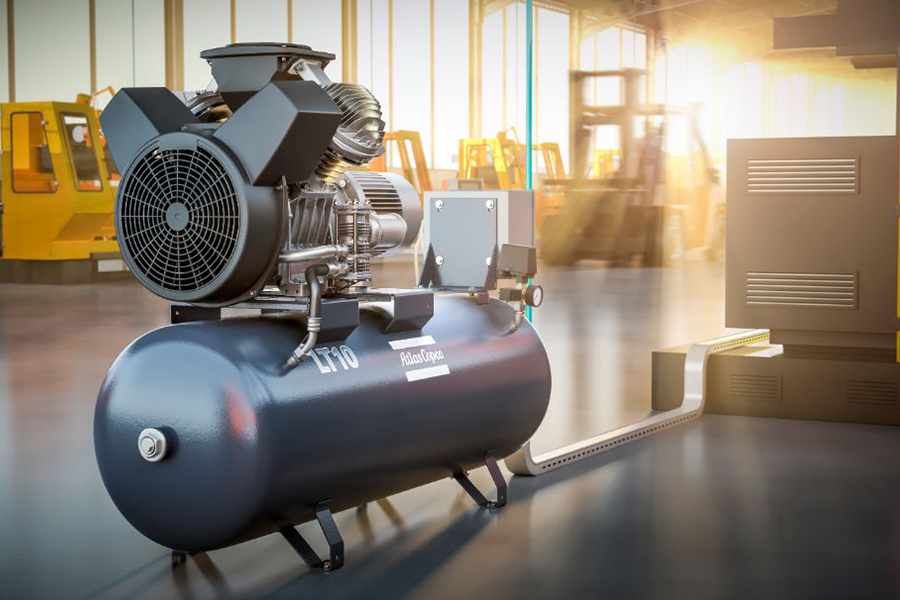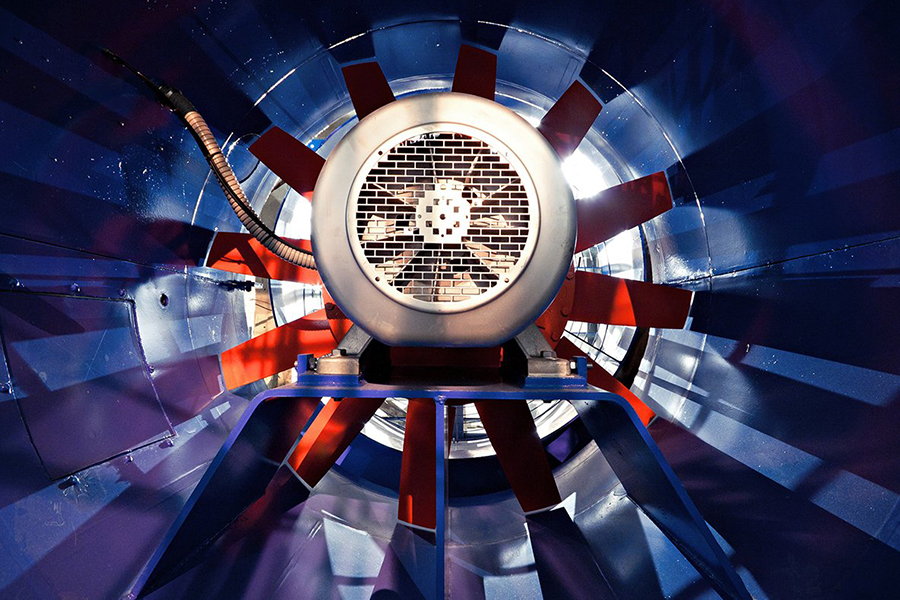In the realm of industrial engineering and electrical machinery, the significance of high-torque variable speed electric motors in three-phase asynchronous systems cannot be overstated. These motors serve as the backbone of countless applications across various sectors, offering unparalleled flexibility and efficiency.
At the core of this technological marvel lies the three-phase asynchronous motor, a cornerstone of modern engineering. Unlike its synchronous counterpart, the asynchronous motor does not rely on precise synchronization with the power supply frequency. Instead, it generates torque through electromagnetic induction, making it highly adaptable to fluctuating loads and operating conditions.
One of the primary advantages of the three-phase asynchronous motor is its ability to deliver high torque even at low speeds. This characteristic is particularly valuable in applications that require precise control over acceleration and deceleration, such as conveyor systems, cranes, and hoists. By adjusting the frequency and voltage supplied to the motor, engineers can fine-tune its speed and torque output to match the specific requirements of the task at hand.
However, the true versatility of these motors emerges when coupled with variable speed drives (VSDs) or inverters. These electronic devices enable seamless control over motor speed and torque, facilitating dynamic performance optimization and energy efficiency. By modulating the frequency and voltage signals sent to the motor, VSDs empower engineers to achieve precise speed regulation across a wide range of operating conditions.
In recent years, advancements in power electronics and control algorithms have further expanded the capabilities of high-torque variable speed electric motors. Integrated sensor technologies, such as encoders and resolvers, provide real-time feedback on motor performance, enabling closed-loop control systems to maintain ideal operation under varying loads and environmental factors.
The applications of these advanced motor systems are as diverse as they are impactful. In industrial settings, high-torque variable speed motors drive the operation of pumps, compressors, and fans, delivering substantial energy savings and reducing downtime through predictive maintenance strategies. In automotive manufacturing, they power assembly line conveyors with precision and reliability, ensuring seamless production workflows.
Moreover, the integration of high-torque variable speed motors in renewable energy systems has revolutionized the landscape of sustainable power generation. Wind turbines and hydroelectric generators equipped with these motors can adapt to fluctuating wind or water conditions, maximizing energy capture and enhancing grid stability.
Looking ahead, the evolution of high-torque variable speed electric motors in three-phase asynchronous systems holds immense promise for the future of automation and electrification. As industries strive for greater efficiency, flexibility, and sustainability, these technological innovations will continue to play a pivotal role in driving progress and shaping the world of tomorrow.
In the quest for continuous improvement, ongoing research and development efforts focus on enhancing the performance and reliability of high-torque variable speed electric motors. Innovations in materials science, motor design, and control algorithms aim to further optimize efficiency, reduce maintenance requirements, and extend operational lifespan.
Furthermore, the integration of Internet of Things (IoT) technology allows for remote monitoring and diagnostics, enabling proactive maintenance strategies and small unplanned downtime. As these advancements converge, the potential applications of high-torque variable speed motors will continue to expand, driving innovation across industries and shaping the future of electromechanical systems.

 English
English 中文简体
中文简体 عربى
عربى



